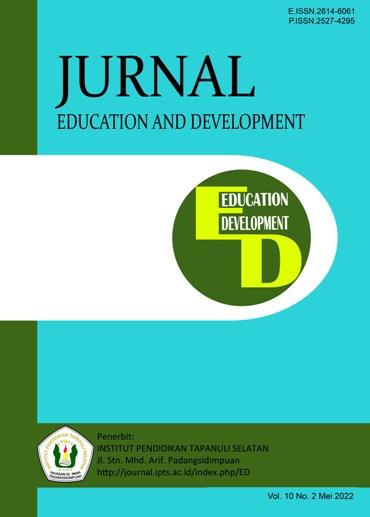STYLISTICS ANALYSIS OF THE POEM “THE DOOR IN THE DARK” BY ROBERT FROST English
Main Article Content
Abstract
The goal of stylistics is to not only explain the formal features of texts, but also to demonstrate their functional value in text interpretation; or to demonstrate the relationship between literary text and linguistic effects where these are regarded relevant. The study of stylistics is a branch of linguistics that deals with the qualities and variants of language.The purpose of this research is to examine the stylistic features of Robert Frost's poem “The Door in the Dark”. By looking atthe choice of language at phonetic, morphology, graphitic, and semantics, it is found that Robert Frost's writing, viewpoints, and themes are all connected. The data is analyzed using stylistics devices to achieve the goal. It has beenconcluded that Frostused a philosophy girl. number of stylistic devices including cacophony, alliteration, assonance, tonemodulation, denotation, connotation, metaphor, personification, symbolism, and imagery to highlight the idea oflife.
Article Details
References
Frost, Robert. (1950). The Complete Poems of Robert Frost. Limited Editions Club.
Ichwan Setiawan. (2014). Symbols in Robert Frost’s Poem. Unpublished Thesis. UIN Maulana Malik Ibrahim.
Leech, G. (1981). Style in Fiction. London: Longman
Leech, Geoffrey. (2007). An Introduction to English fictional prose 2nd edition. Pearson
Moleong, Lexy J. 2008. Metode Penelitian Kualitatif. Bandung: Rosda. Riffaterre, Michael. 1978. Semiotics of Poetry. London: Indiana of UniversityPress. Sarab Kadir Mugair. (2013). A Stylistic Analysis of “I Have a Dream”. International Journal of English and education. Vol.2. Issue 2. April 2013
Short, Michael. (1996). Exploring the language of poems, plays, and prose. Routledge
Simpson. (2004). Stylistics. New York: Routledge.
Verdonk, P. (2002). Stylistics. Oxford: Oxford University Press.
Wales, K. (2011). A Dictionary of Stylistics 3rd edition. New York: Routledge.
Widdowson, H.G. (1975). Stylistics and The Teaching of Literature. London: Longman.

